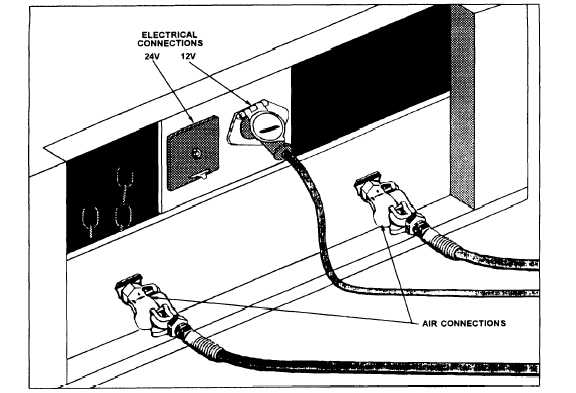Figure 7-15.—Air and electrical connections.
the front of the trailer (fig. 7-15). Trailers in the NCF
2. Ensure the locking jaws are open.
normally have two electrical connections adaptable for
either a 12- or 24-volt electrical system.
Coupling and Uncoupling
Coupling and uncoupling correctly is basic to the
safe operation of tractor-trailers. Incorrect coupling and
uncoupling can be dangerous and cause unnecessary
equipment damage and downtime. The basic steps for
coupling a tractor to a trailer are as follows:
Step 1. Inspect fifth wheel
Check for damaged and missing parts.
Ensure the mounting to the tractor is secure and
there are no cracks in the frame.
Ensure the fifth wheel plate is greased. Failure to
keep the fifth wheel plate lubricated could cause
steering problems because of friction between
the tractor and the trailer.
Ensure the fifth wheel is in proper position for
coupling by completing the following checks:
1. Ensure the wheel is tilted down towards the
rear of the tractor.
7-14
3. If equipped with a sliding fifth wheel assem-
bly, ensure it is locked in position.
4. Ensure the trailer kingpin is not bent or
broken.
Step 2. Inspect area and chock wheels
Ensure the area around the tractor and trailer are
clear of obstacles.
Check the trailer wheels and ensure chocks are
in place and the spring brakes are engaged.
Check all cargo (if any) and ensure it is secured
from movement due to the tractor being coupled
to the trailer.
Step 3. Position tractor
Position the tractor directly in front of the trailer.
(Backing under the trailer at an angle could push
the trailer sideways and bend or break the landing
gear.)

